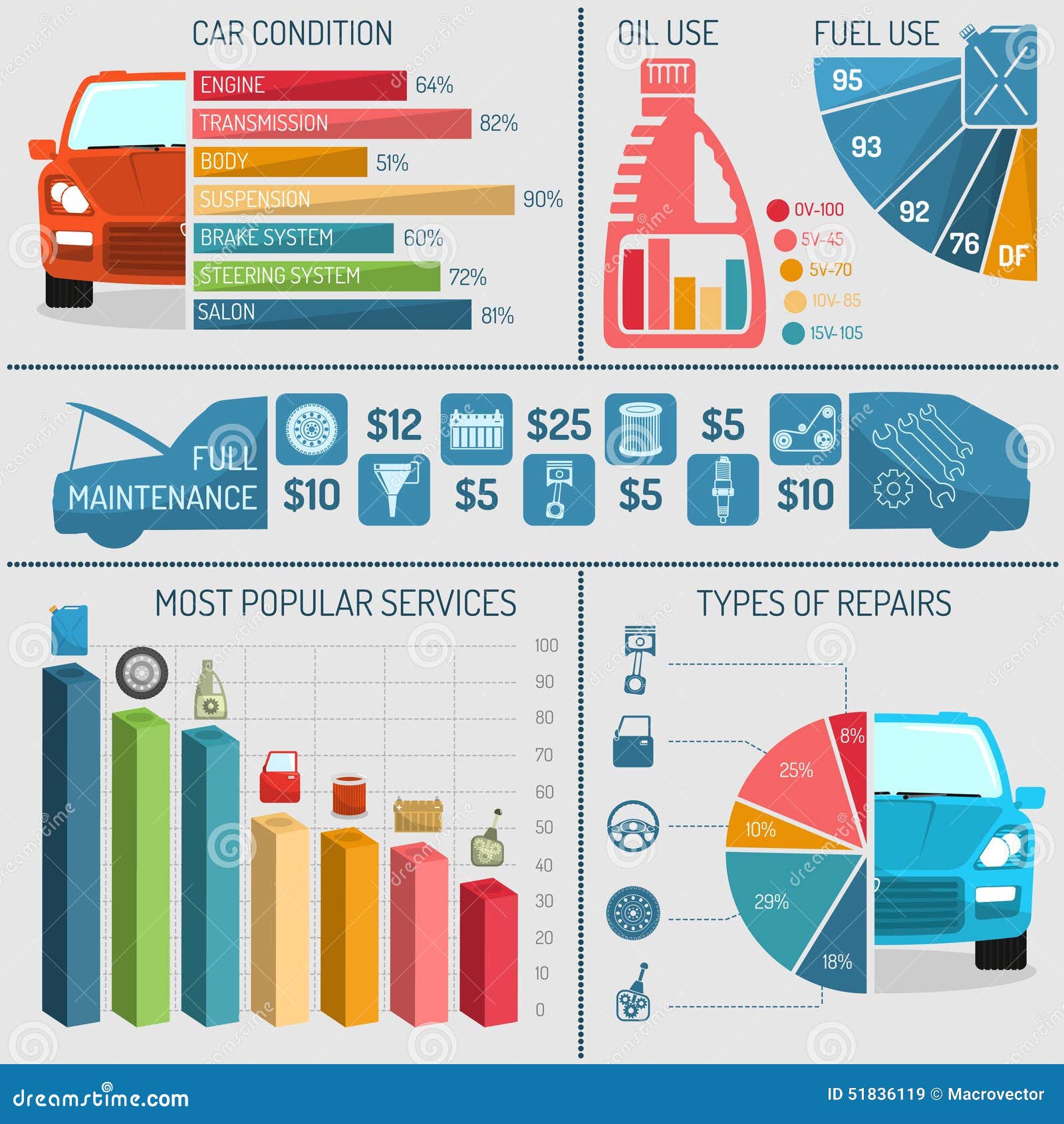Comprehending The Significance Behind Your Automobile'S Caution Lighting: An In-Depth Look
Comprehending The Significance Behind Your Automobile'S Caution Lighting: An In-Depth Look
Blog Article
Content Written By-Samuelsen Kejser
When you're behind the wheel, those beautiful caution lights on your control panel can be a little bit complicated. Do you understand what they're attempting to tell you concerning your auto's health and wellness? Understanding the value of these lights is essential for your safety and security and the long life of your lorry. So, the next time one of those lights pops up, would not you intend to analyze its message properly and take the required steps to resolve it?
Common Warning Lights and Interpretations
Identify usual caution lights in your cars and truck and recognize their definitions to ensure risk-free driving.
The most regular warning lights include the check engine light, which indicates problems with the engine or exhausts system. If this light comes on, it's crucial to have your lorry inspected immediately.
The oil stress cautioning light indicates reduced oil pressure, requiring instant interest to avoid engine damages.
A blinking battery light might suggest a faulty charging system, potentially leaving you stranded otherwise attended to.
The tire pressure surveillance system (TPMS) light alerts you to reduced tire pressure, impacting vehicle stability and gas effectiveness. Neglecting this might lead to harmful driving conditions.
The ABS light shows an issue with the anti-lock braking system, endangering your ability to quit swiftly in emergencies.
Finally, the coolant temperature level warning light warns of engine overheating, which can lead to serious damages if not settled swiftly.
Understanding washing cars will certainly aid you address concerns without delay and preserve risk-free driving conditions.
Significance of Prompt Interest
Comprehending the usual warning lights in your auto is only the first step; the relevance of without delay dealing with these cautions can't be emphasized enough to guarantee your security when traveling.
When a caution light illuminates on your dashboard, it's your auto's way of connecting a potential concern that requires interest. Neglecting these warnings can lead to extra severe issues down the road, jeopardizing your safety and potentially costing you much more out of commission.
Trigger focus to warning lights can prevent malfunctions and crashes. As an example, a blinking check engine light can suggest a misfire that, if left unattended, might create damage to the catalytic converter. Resolving car grooming can save you from a costly repair.
Likewise, a brake system warning light could signify reduced brake liquid or used brake pads, essential elements for your security when driving.
Do It Yourself Troubleshooting Tips
If you observe a warning light on your dashboard, there are a couple of DIY fixing tips you can attempt prior to looking for expert help.
The primary step is to consult your automobile's guidebook to understand what the particular caution light suggests. Often the problem can be as basic as a loosened gas cap activating the check engine light. Tightening up the gas cap may resolve the issue.
One more usual issue is a reduced battery, which can set off numerous alerting lights. Examining the battery links for corrosion and guaranteeing they're safe might fix the problem.
If a caution light continues, you can try resetting it by disconnecting the cars and truck's battery for a few minutes and then reconnecting it. In addition, examining your automobile's fluid degrees, such as oil, coolant, and brake liquid, can aid troubleshoot advising lights related to these systems.
Verdict
In conclusion, understanding your auto's caution lights is essential for keeping your automobile running efficiently and safely. By immediately dealing with these informs and recognizing what they imply, you can stay clear of costly fixings and prospective breakdowns.
Remember to consult your car's guidebook for particular information on each cautioning light and act accordingly to make certain a trouble-free driving experience.
Stay informed, remain risk-free when traveling!
